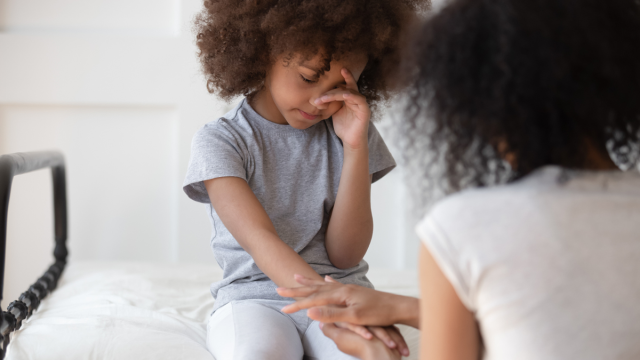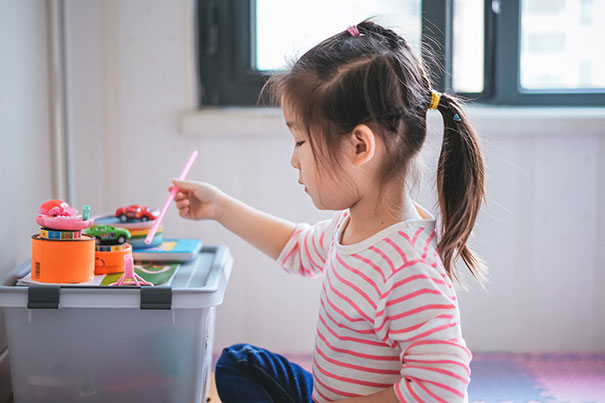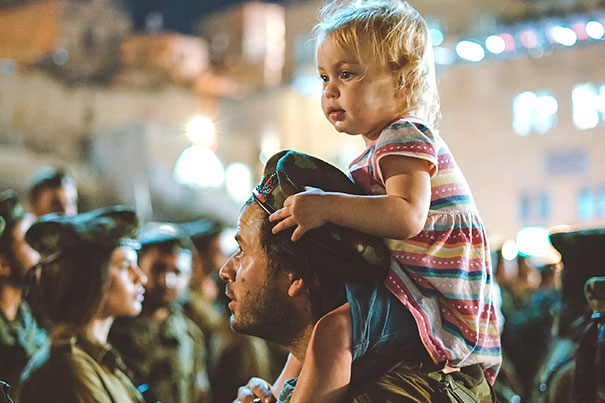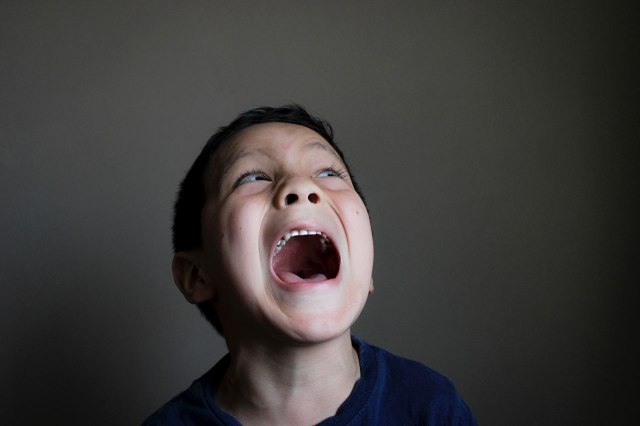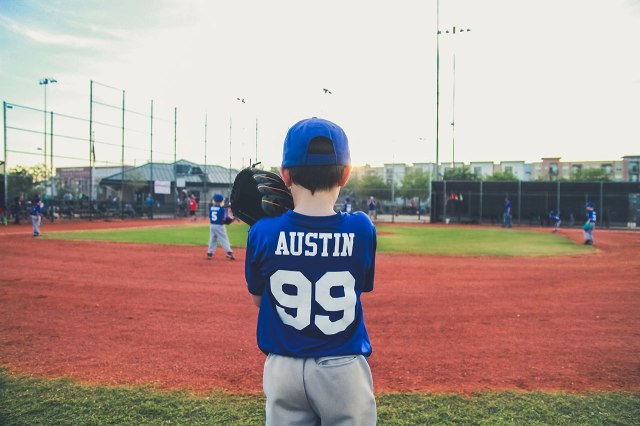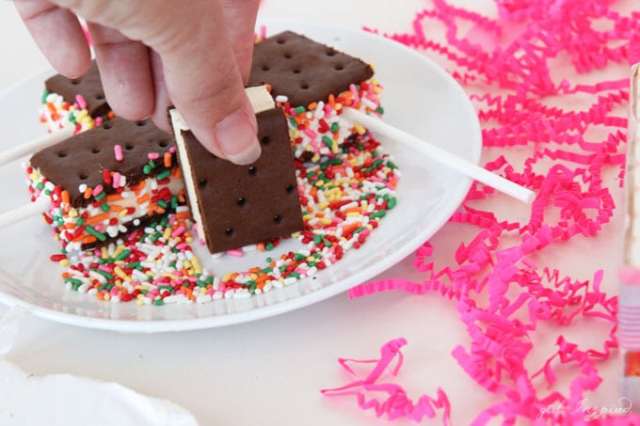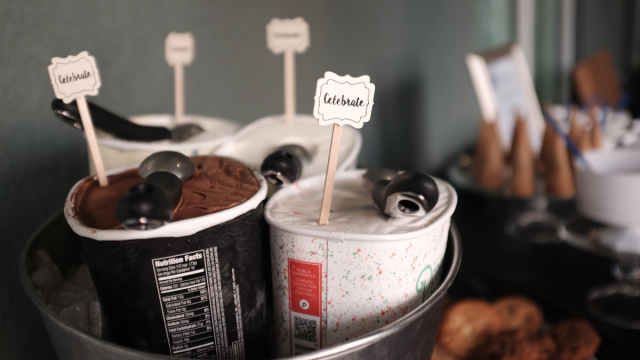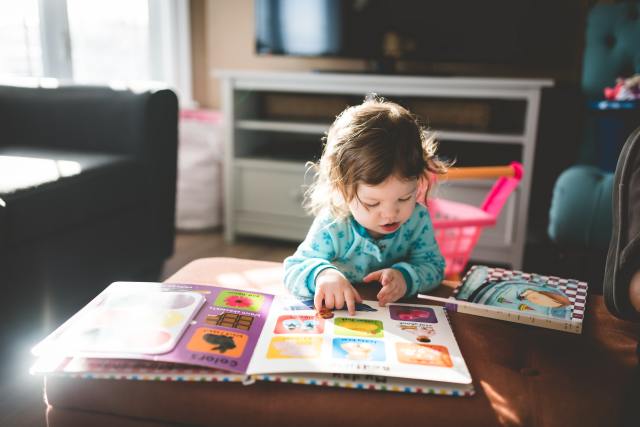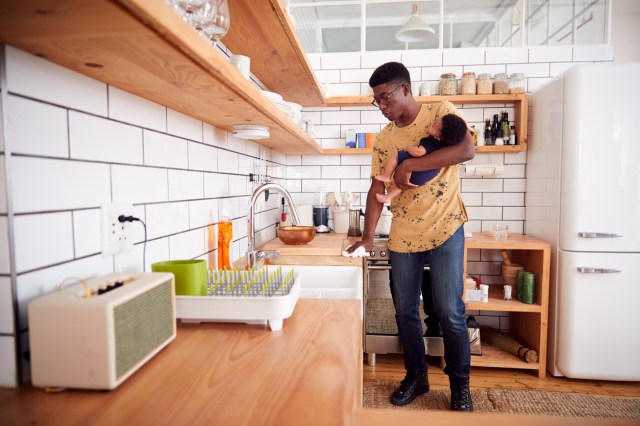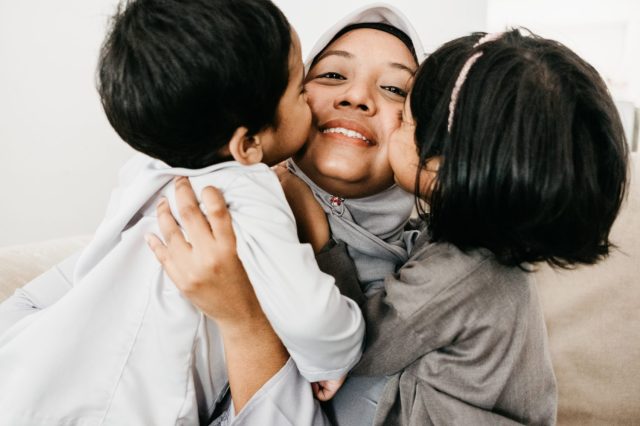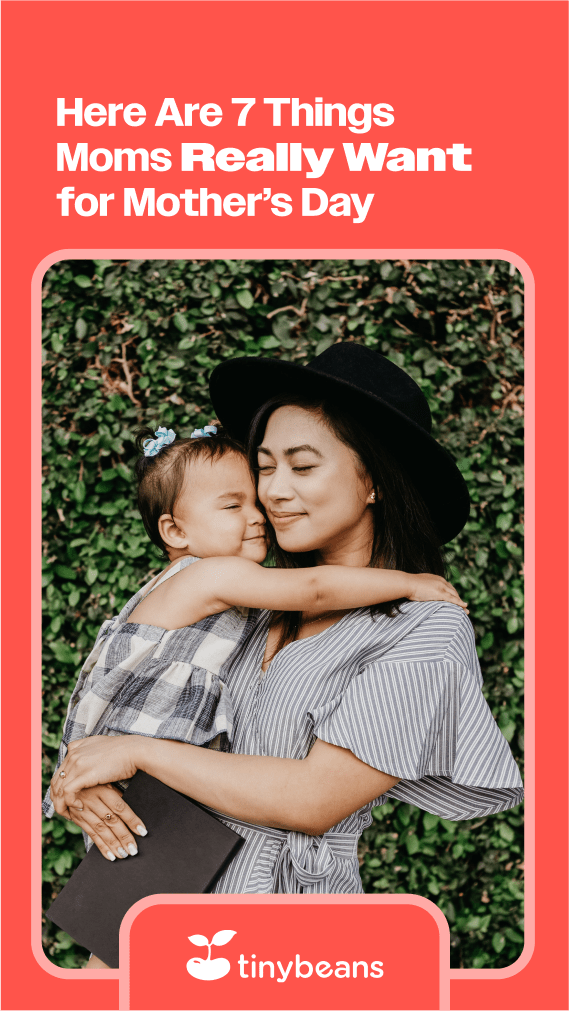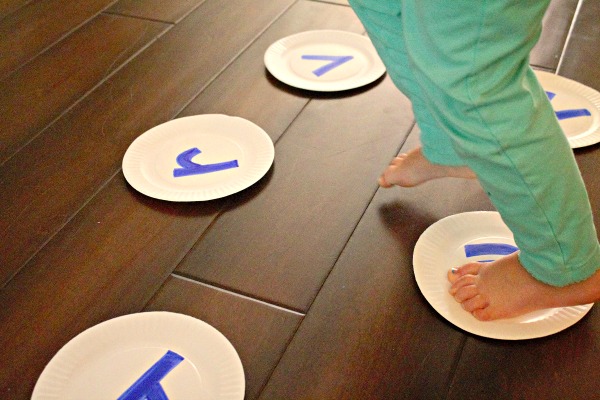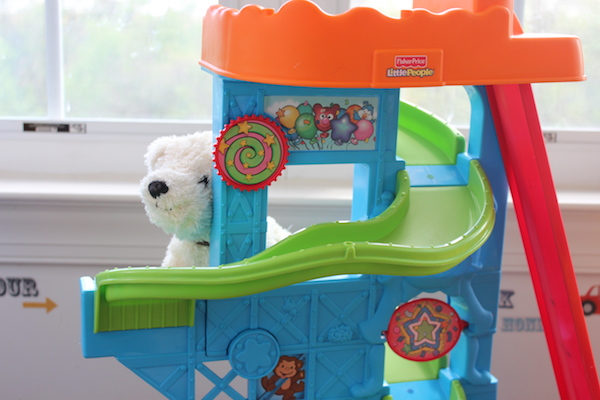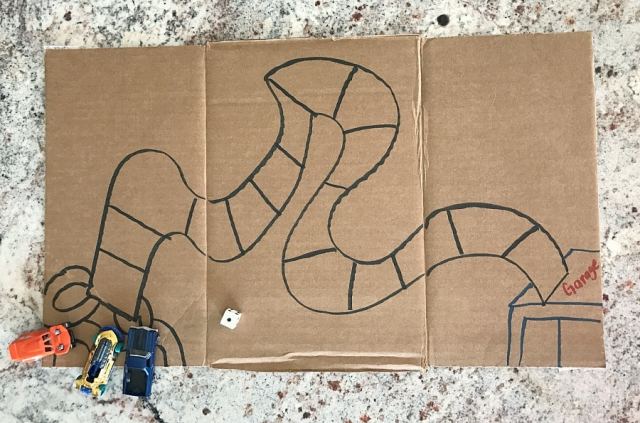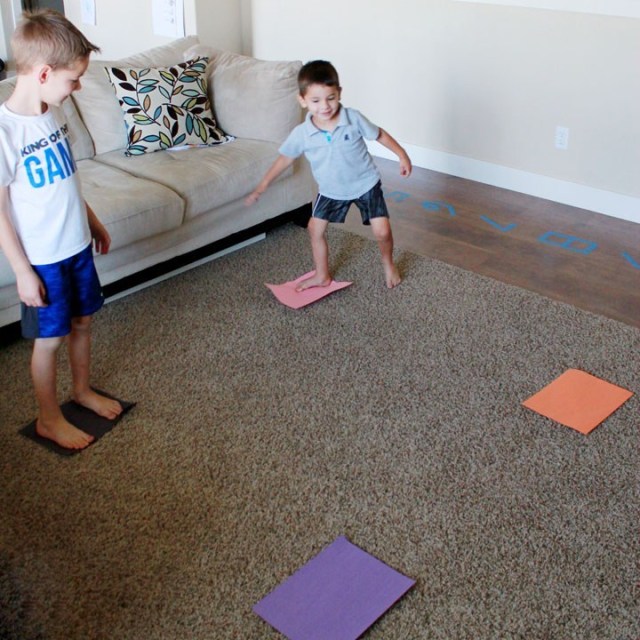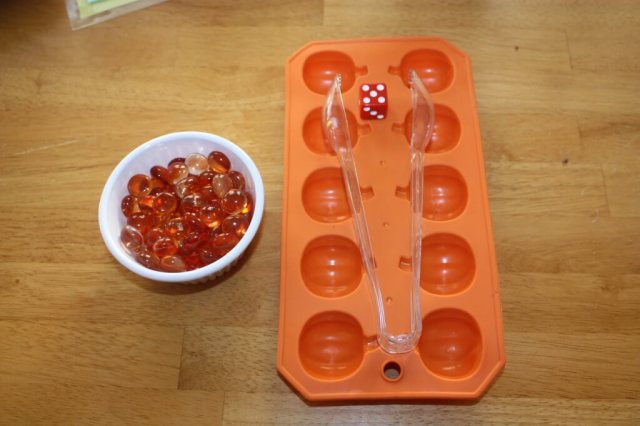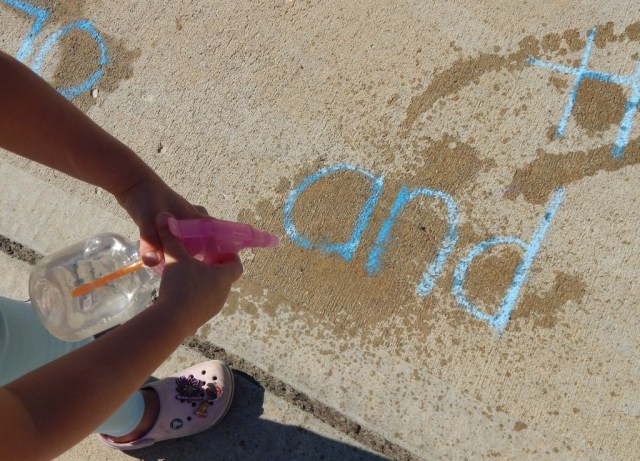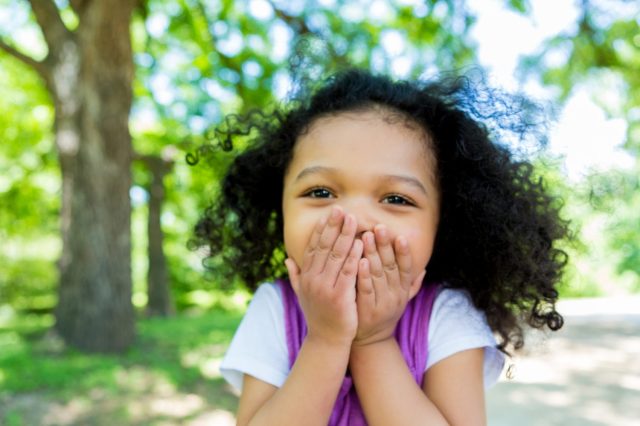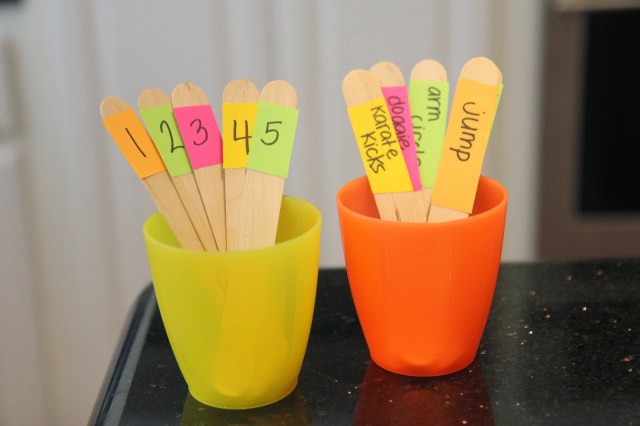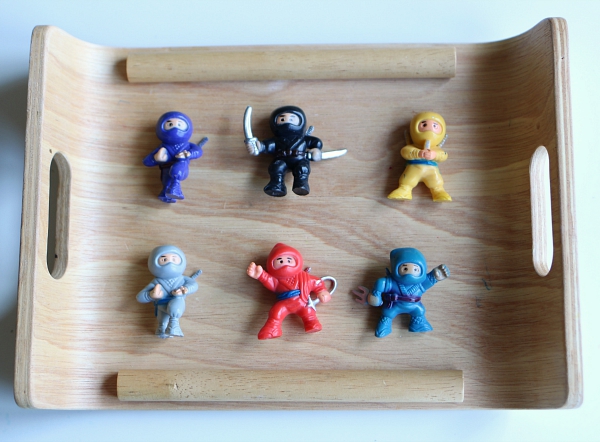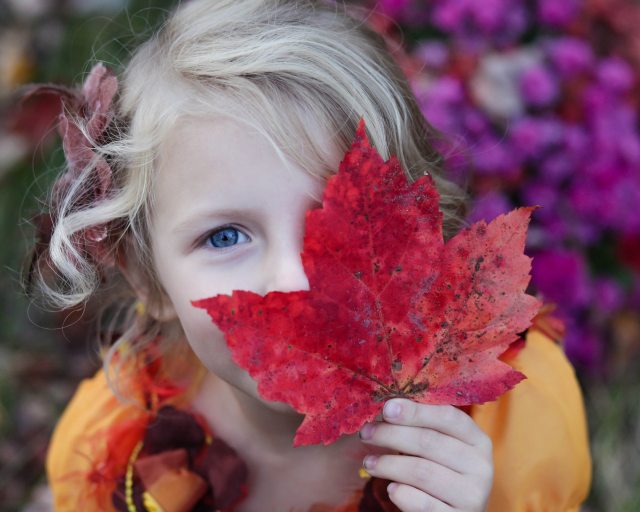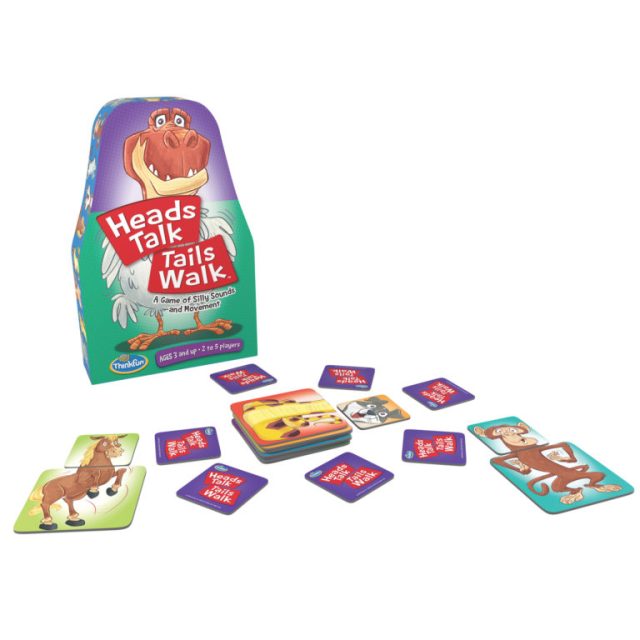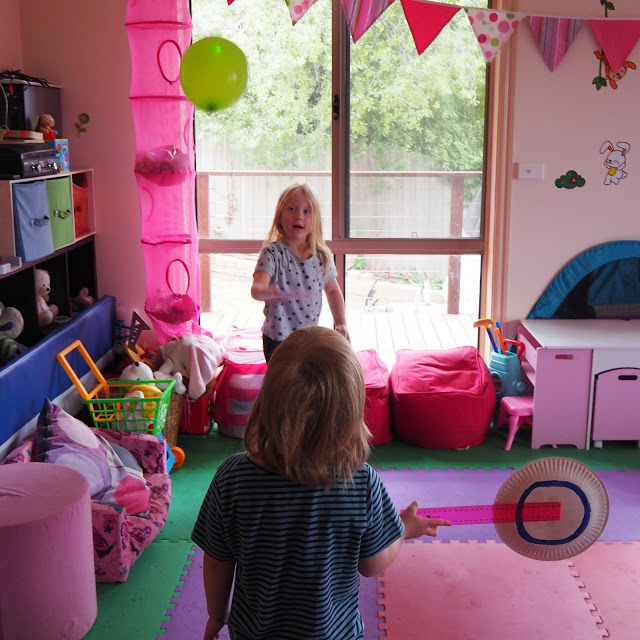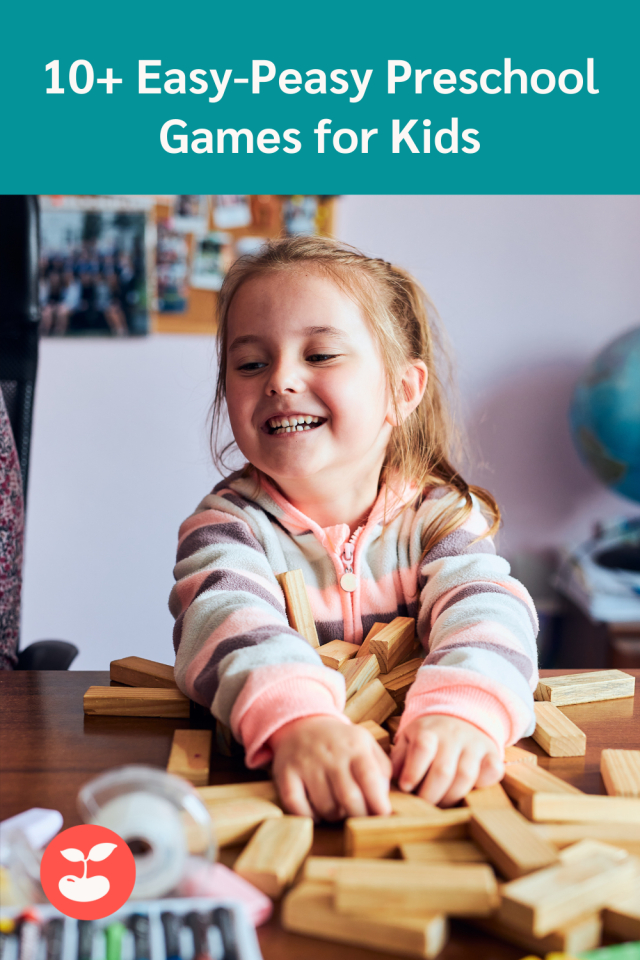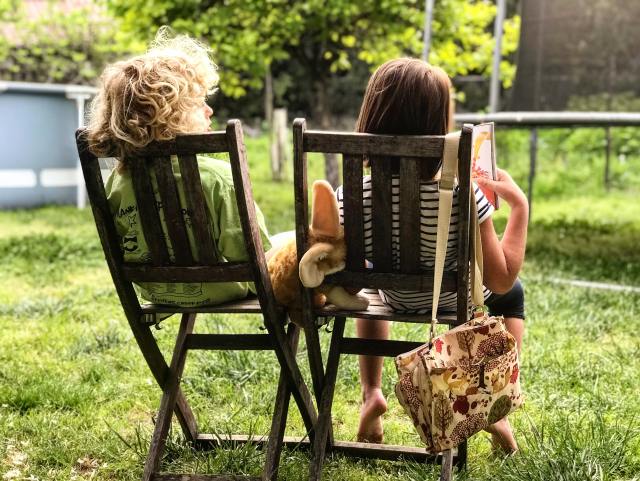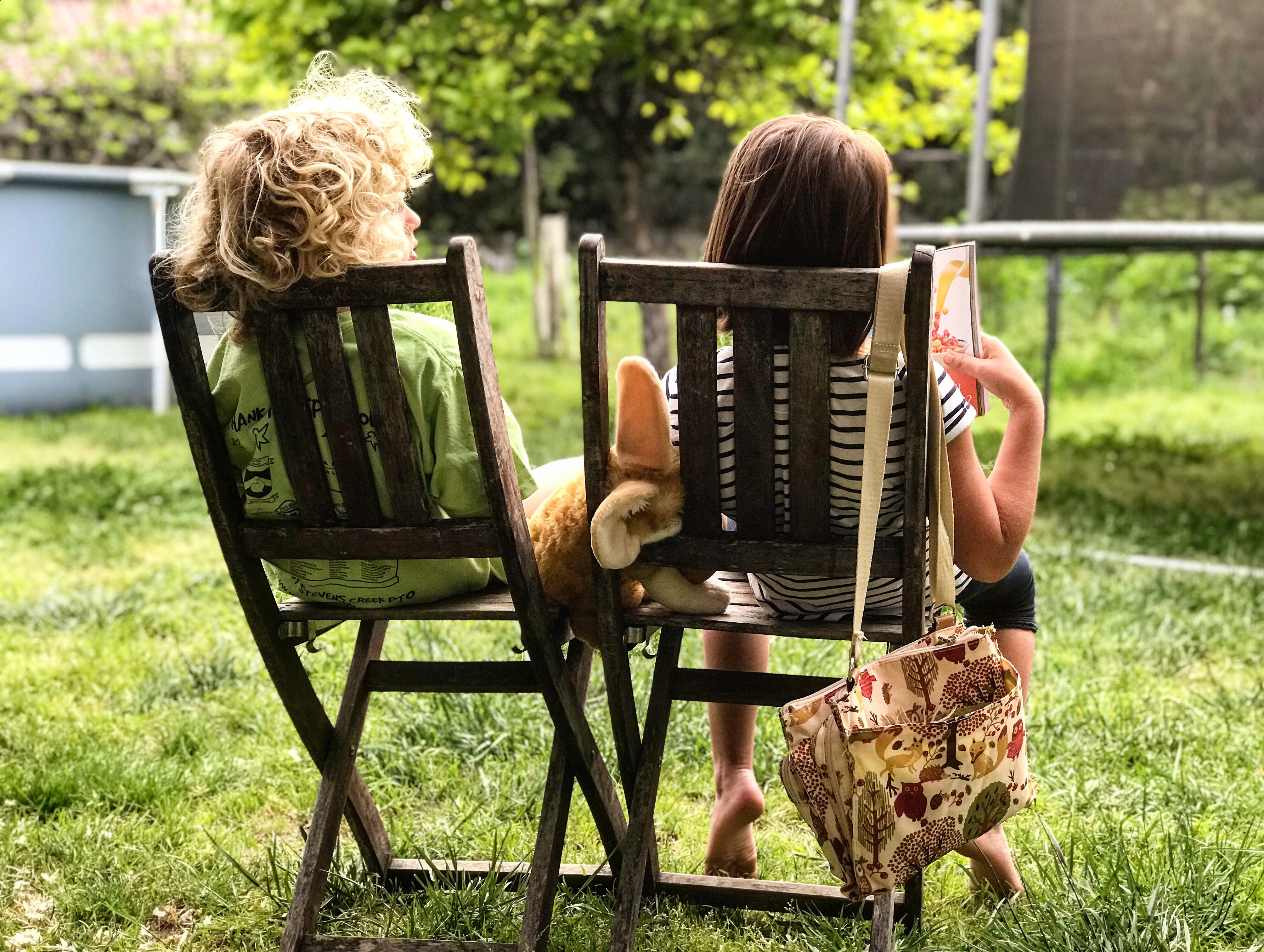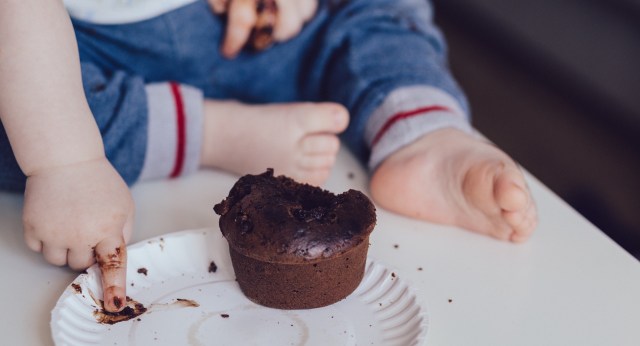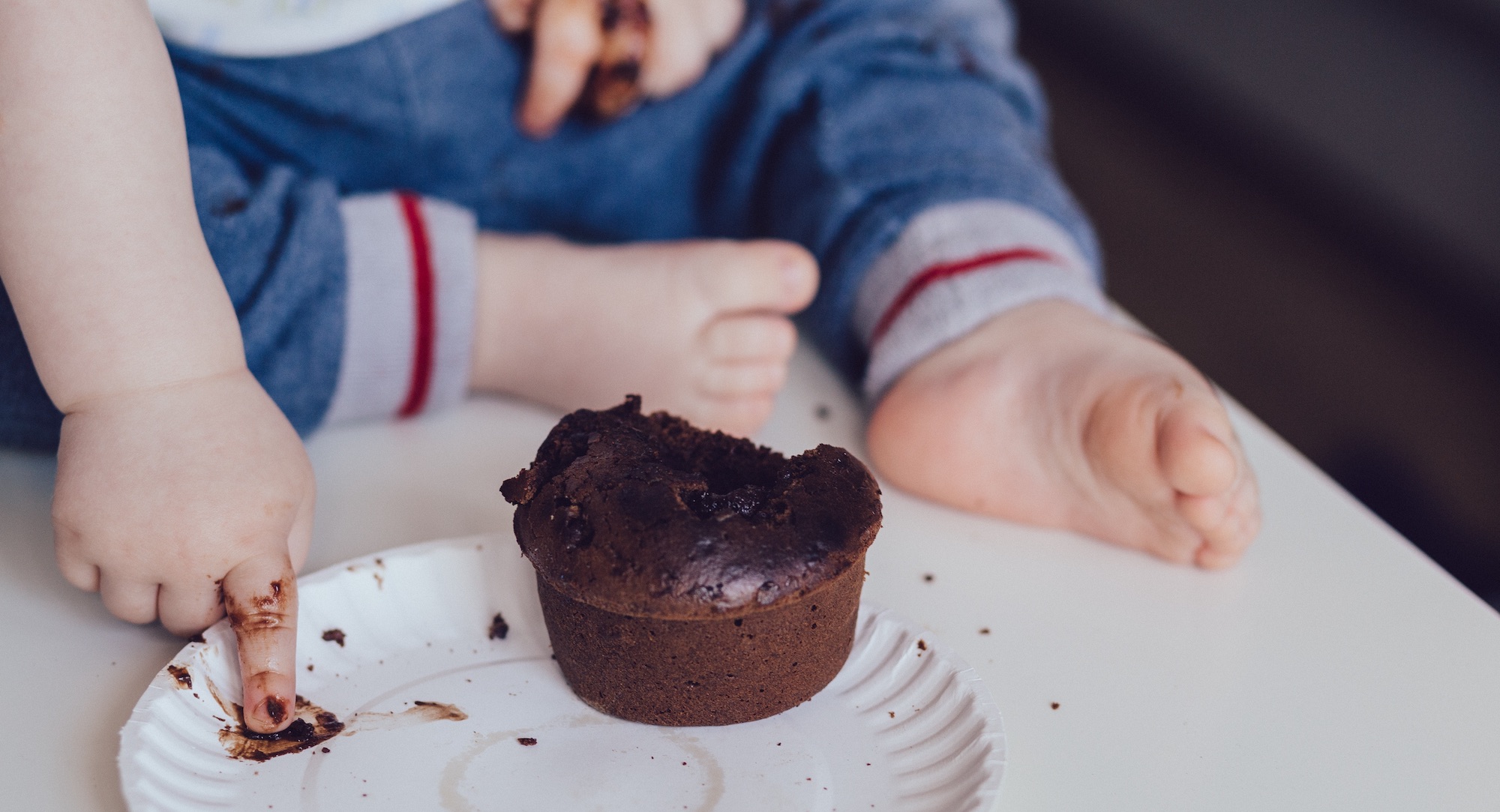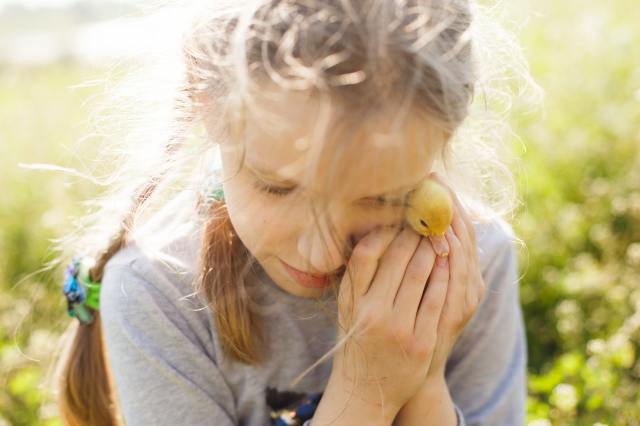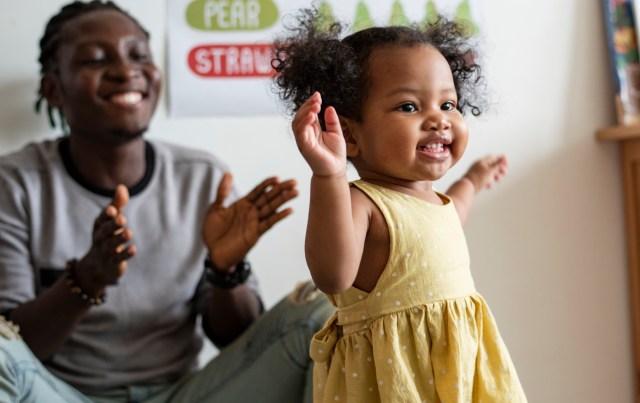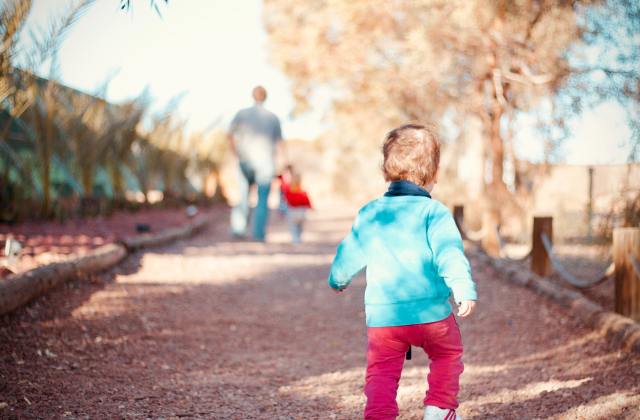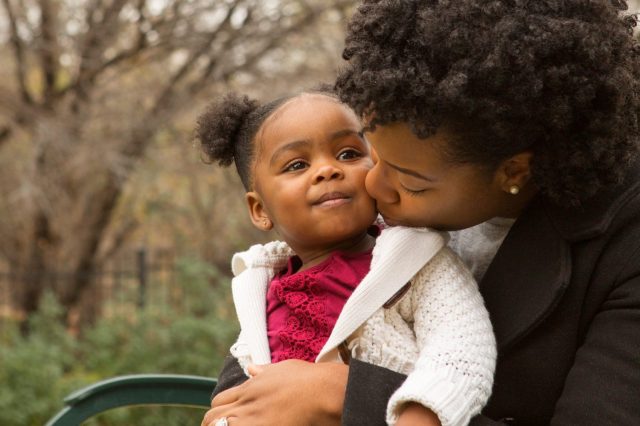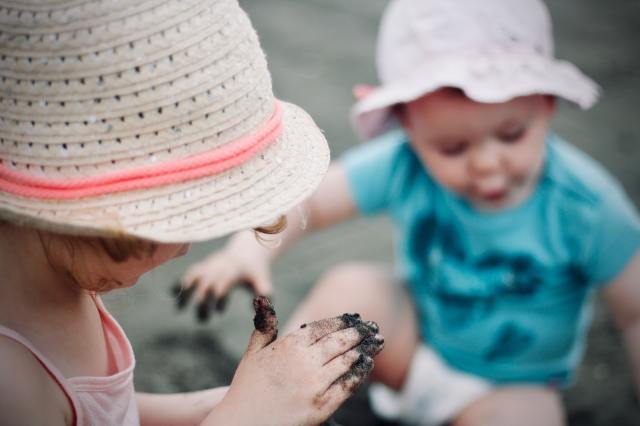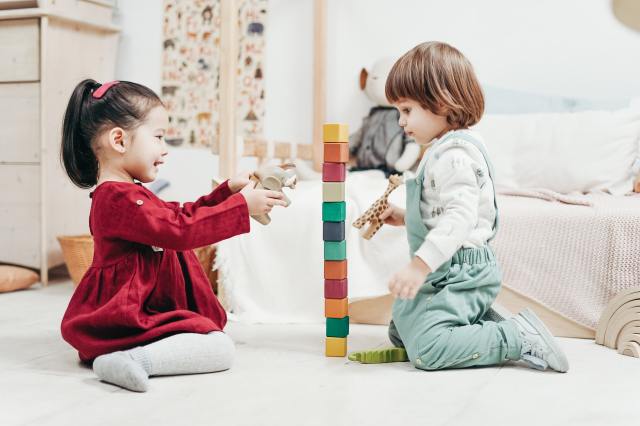“You are what our family needs”
If there’s ever a group of people who deserve to be called unsung heroes, it has to be teachers. These individuals nurture and care for our kids every day, all while helping them learn the skills to be productive in school and life. May 2-6 is Teacher Appreciation Week, so you may wonder how to say thank you to your kiddo’s teacher. Here are 15 compliments for teachers your family can give out every day.
1. Thank you. Sometimes those two simple words are good enough.
2. You care about your students. Judi Holst, a Language Arts teacher at Rocky Heights Middle School in Colorado, said the best compliment she received from a student was that she genuinely cares for her students’ lives and all the things that involve being in middle school.
3. My kid wants to learn more about XYZ. Nothing excites a teacher more than hearing that a student wants to learn. Have your kiddo verbalize that desire for knowledge. It will make the teacher’s day.
4. My kiddo came home and tried to teach me what they learned in your class. George Bartuska, an Engineering/Aerospace teacher at Central Florida Aerospace Academy of Kathleen High School in Florida, said the best compliment he received was from a parent who shared with him not only how much their kid enjoyed his classes, but also how they’ve come home and explained some of the activities or classroom discussions.
5. My kiddo is always excited to come to class. If a teacher knows students are excited to be in school, they realize they’re doing a good job.
6. You are what our family needs. Lynn Thedell, a preschool teacher in San Diego, was told by a parent that her class was exactly what their family needed when they were having a difficult time with their kiddo.

7. We appreciate you. You can always say “thank you.” But telling a teacher you appreciate them expresses a different level of gratitude.
8. You helped my kiddo understand this differently. Teaching is not only helping kids understand new concepts, but it’s also helping them reexamine how they think. That recognition is sometimes even more powerful, which is why this is one of our favorite compliments for teachers.
9. Thank you for connecting with my kiddo. According to the National Education Association, the best teachers care about the relational aspect of teaching, along with imparting knowledge. Let them know you recognize the effort they’re making.
10. Thank you for respecting my child as a person. This may seem like a simple idea, but you may be surprised how many kids don’t feel like their teacher has respect for the people they are.
11. You’re a great sub. Shannon Giles, a substitute teacher in Indiana, said receiving that compliment meant the world to her. If you have a favorite substitute, don’t forget to tell them you appreciate them and think they’re awesome too.
12. You make learning fun. Not everyone likes school. If your kiddo is having fun during the day, your teacher is doing something right.
13. Your dedication doesn’t go unnoticed. It’s never been harder to be a teacher in America. Those who teach do it because they truly love to educate. Make sure your teacher knows you understand.
14. You helped my child when I couldn’t. It could be that they got them through a tricky unit. It could be that they were able to help your child see the future. It could be they helped deal with a school bully. As parents, we can’t be there for everything, and it’s important to let other adults know when they’ve helped you out.
15. My kid still talks about your class. Even though teachers may see hundreds of kids throughout their careers, you better believe there’s a place in their hearts for all of them. To know they have a place in your kid’s core memory is a wonderful compliment for teachers.






